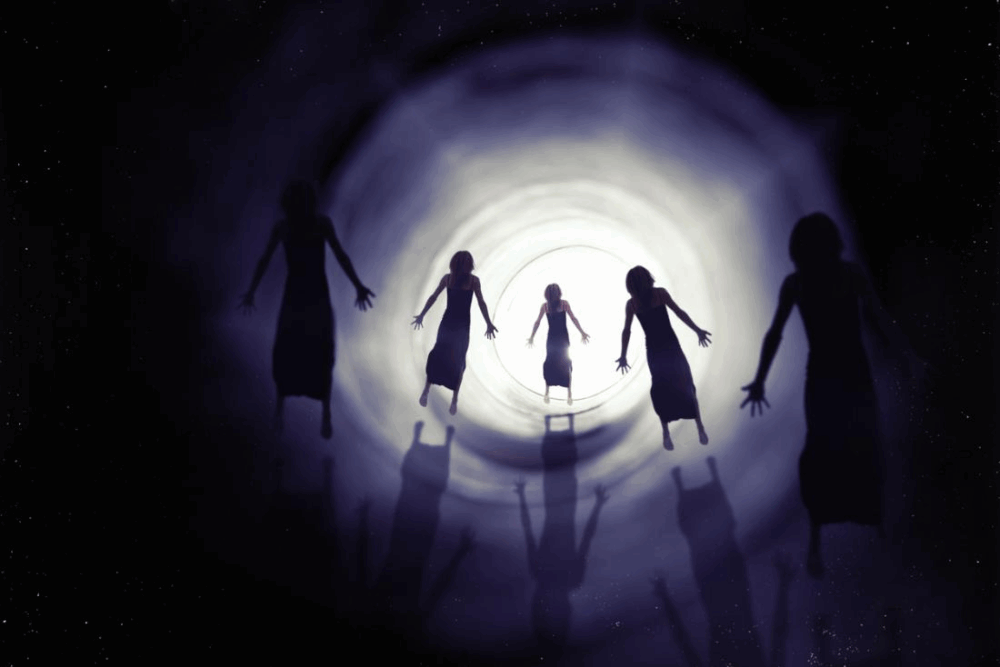Near-Death Experiences: More Common Than You Think
According to a recent survey, one in ten people has had a near-death experience. Interestingly, these experiences do not always occur in life-threatening situations.
Near-death experiences (NDEs) are a general term for various subjective experiences that can arise during events that threaten a person’s life, after which the person survives. These experiences occur in an altered state of consciousness and may include sensations such as leaving the physical body, euphoria, mystical visions, a sense of ego dissolution, feeling outside of space and time, a rapid stream of thoughts, and even encounters with angels or demons.
However, this state does not always happen only in life-threatening situations. In some cases, near-death experiences are linked to the rapid eye movement (REM) stage of sleep, according to scientists.
What Do People Experience?
Some people report seeing a light at the end of a dark tunnel, while others feel as if they are leaving their bodies. There is a wealth of fascinating data about so-called near-death experiences, often provided by patients who have survived life-threatening situations, such as recovering after cardiac arrest. But even in everyday circumstances, consciousness can undergo unique changes—for example, during epileptic seizures or meditation.
How this experience can be explained from a neurological or medical perspective is still unclear. It is also unknown how common near-death experiences really are. To answer this question, Daniel Kondziella from the University of Copenhagen and his colleagues surveyed 1,034 people from 35 countries.
Participants were recruited through a crowdsourcing platform and asked if they had ever had a near-death experience. Those who answered yes were then asked to describe their experiences in more detail by completing a standardized questionnaire.
Analysis of the responses showed that out of about 1,000 respondents, 289 people answered positively about having such experiences. After a detailed follow-up, it turned out that 106 of them described cases that met the criteria for true near-death experiences.
This means that about one in ten people in the sample had already experienced this unusual state of consciousness.
Previous studies in Australia and Germany reported slightly lower rates—between 4% and 8%—but those studies only included patients who had survived cardiac arrest.
Variety of Experiences
Participants described a wide range of experiences. Most often, they reported abnormal perceptions of time—time either sped up or slowed down. Many also described extremely rapid thought processes, heightened senses, and out-of-body experiences. In addition, many participants reported feelings of peace and complete tranquility, while others heard voices or sensed the presence of other beings.
Contrary to popular belief, not all near-death experiences were positive. For some participants, these experiences were unpleasant or frightening. For example, one woman described waking up at night and seeing a demon sitting on her chest. “I can’t move or speak. I count to three in my head and close my eyes. Sometimes that helps,” she said.
Such near-death experiences occur during the transition from sleep to wakefulness. According to scientists, they may be linked to the REM stage of sleep. During this stage, the brain is very active, dreams are extremely vivid, and sleep paralysis—a temporary inability to move skeletal muscles—often occurs. Some people, upon waking, repeatedly return to this sleep stage, which is often associated with near-death experiences.



